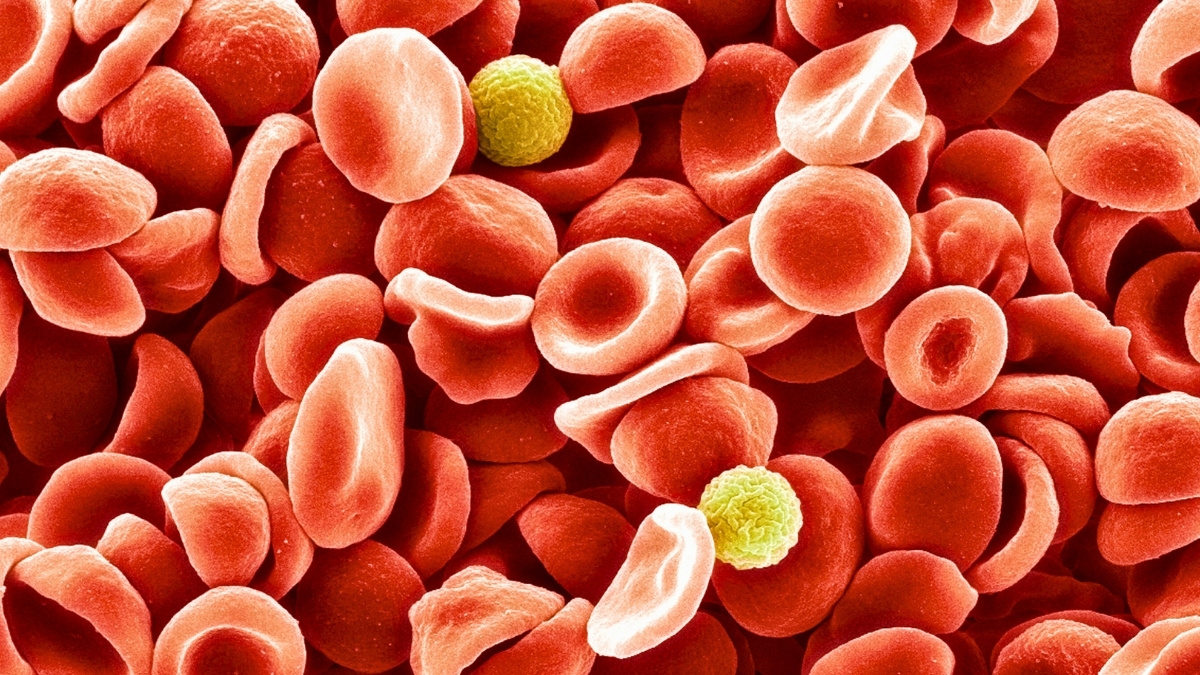For the first time, scientists have observed how a subducting oceanic plate actively breaks apart into fragments, forming microplates in a slow, step-by-step collapse.
Shuck et al. 2025/Science Advances
Subduction zones are some of the most powerful and dynamic features on Earth. They move continents across the globe, trigger massive earthquakes and volcanic eruptions, and recycle the planet’s crust deep into the mantle.
When two tectonic plates collide, one plate slips beneath the other and descends into Earth’s mantle. The rocks in the subducting plate are squeezed together as pressure and temperature increase; a dense “tail” forms, growing longer and heavier over time. In theory, this self-sustaining process known as slab pull should rapidly drag the entire plate downwards.
“Getting a subduction zone started is like trying to push a train uphill — it takes a huge effort,” says Brandon Shuck, a geologist at Louisiana State University and lead author of the study. “But once it’s moving, it’s like the train is racing downhill, impossible to stop. Ending it requires something dramatic — basically, a train wreck.”
Off the coast of Vancouver Island, in the Cascadia region, the Juan de Fuca and Explorer plates are slowly sliding beneath the North American plate.
The researchers used seismic reflection imaging combined with detailed earthquake records to observe what happens next. The seismic survey revealed deep fractures where the oceanic plates are snapping apart.
“Rather than shutting down all at once, the plate is ripping apart piece by piece, creating smaller microplates and new boundaries. So instead of a big train wreck, it’s like watching a train slowly derail, one car at a time,” explains Shuck. “This is the first time we have a clear picture of a subduction zone caught in the act of dying.”
As the larger plate loses pieces, it also loses momentum. Continuing with the train analogy, it is like cutting cars off a runaway train, each break reduces the downward pull until the entire subduction process grinds to a halt.
Knowing how they work can improve risk assessment and save properties and lives in future disasters.
The new model also helps to explain puzzling features from Earth’s past, such as abandoned fragments of old tectonic plates and bursts of volcanic activity in unexpected places.
Seismic surveys of the West Coast of the United States show an unusual geometry. Here the continental crust almost doubles in thickness. But active volcanism, like that found along the Cascades and in Yellowstone, should not occur in areas where the crust is to thick for magma to reach the surface. The new study now offers an updated model to explain this contradiction; step-by-step tearing of the Farallon plate — a former tectonic plate sliding beneath the North American plate — formed microplates, explaining the thick crust, separated by open fissures in the subducting slab acting as conduits for the magma.
The full study, “Slab tearing and segmented subduction termination driven by transform tectonics,” was published in the journal Science Advances and can be found online here.
Additional material and interviews provided by Bianca Scolaro, Louisiana State University.
Source link


